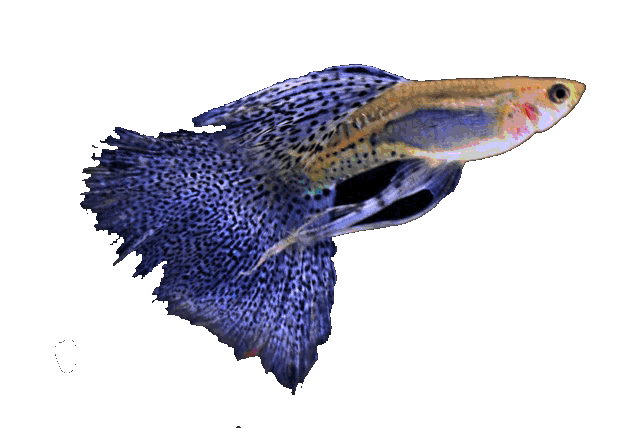
Anableps coarctatus / Valenciennes 1846
Anableps elongatus / Valenciennes, 1846
Basic data:
Scientific name: Anableps microlepis ( Müller & Troschel , 1844)
Interpretation of words: Anableps (ana = up, blepsis = look)
Slovenian name: Štiriočka
Group: Livebirds
Origin: Central and South America : Trinidad and Venezuela and the Amazon Delta
Size: up to 30 cm, males 25 cm
Biotope / Habitat : Surface layer of fresh and salt waters of mangrove areas and estuaries
Social behavior: Calm fish that can be populated with other fish of the same water parameter requirements.
Diet: Insects, crabs, fish, snails, snails, mussels, worms, ...
Cultivation: moderately demanding
Aquarium: Minimum 150 liters
Population: at least 6 fish per 150 liters of water
Decoration: fine sand (sand), lying flat stones, floating pieces of wood, mangroves
Temperature: 24-30 ° C
pH: 7-8.5
Hardness: from 9 ° dGh to 25 ° dGh
Lifespan: 6 years
Synonyms


Kingdom: Animalia / animals
Trunk: Chordata / string players
Class: Actinopterygii / arthropods
Order: Cyprinodontiformes / Toothpicks
Family: Anablepidae / quadrupeds and relatedness
Gender: Anableps
Type: Anableps microlepis ( Müller & Troschel , 1844)
Anableps microlepis Foursome

Cultivation
The fish are suitable for a large aquarium / paludarium that must be optimally assembled. They are very active and need to have at least six in a group. It needs a little salt water (specific gravity around 1,005 - 1,010) teaspoon per 2-3 liters of water.
The salt concentration itself can fluctuate as the fish are adapted to it. The water quality must be optimal, we take care of a very good filter system that provides a large colony of nitrifying bacteria. Fish are large eaters, we combine them with larger fish that tolerate somoric water and feed on detritus ( Poecilia latipinna , Poecilia velifera or South American perch), smaller fish represent prey.
In the aquarium, the emphasis should be on the surface of the water, the height should not exceed 20-30 cm.
We take care of a part of the fixed wood on the surface or better yet, for the land, as they go to the land from time to time.
Since there are few plants that thrive in such water, we can add some mangroves to the aquarium. Change 20% of water every 14 days,
we create the flow of water at the inflow from the filter.
Some more suitable species for society ( Toxotes jaculatrix (shooter), Monodactylus argenteus (silver), ...)
Echinoderm plant species: Java moss (Vesicularia), Java fern (Microsorium), Corneal fern (Ceratopteris)
Food
Live or frozen food of animal origin. Diverse in small amounts several times a day.
Reproduction
Fish are sexually mature at 8 months and length 15 cm. Feature and live births is Yes so so singles as solitary confinement two variant. They have sexual organs on the left or right side, so they have to find matching fish (the right male can only fertilize the left female and vice versa).
The male reaches the female from behind and encourages her to copulate. The female is about two months old and has 10 to 15 young. The young come into the world with their tails forward and are 2 to 2.8 cm in size. Parents mostly ignore juveniles, but juveniles can eat other fish. It is important that the young have somewhere withdrawn, into a hidden area where adult fish do not come along. If nothing else, move them to another aquarium. The young immediately take any food and grow quickly with proper nutrition. Fish are susceptible to bacterial infection of the skin when they acclimatize and are in good shape to gain resistance. The most important thing is nutrition, they need a lot of protein to avoid deformations during development.
Stress also harms them.
Interesting
The cylindrical body is olive brown, the hips and abdomen are cream in color with four axial parallel lines.
Most noticeable in it are the large balloon eyes protruding from the small head. It seems to us that the fish has 4 eyes, two above and two underwater. In fact, it has two eyes, but every two pupils (one above and one below when the fish is not feeding is mostly on the water surface and rarely swims underwater), so it has a clear picture above and below the water.
Another interesting fact is about left-handed and right-handed fish, the female has a special flap (large scale) through the sexual opening, which is muscularly connected on the left or right side, and males also have a side restriction.
In the wild, the fish travel in large schools (100 or more fish) that graze on the muddy bottom and strain it, which is difficult to achieve in an aquarium. The mouth has a undergrowth and contains many small teeth.
An example of the habitat of a species




